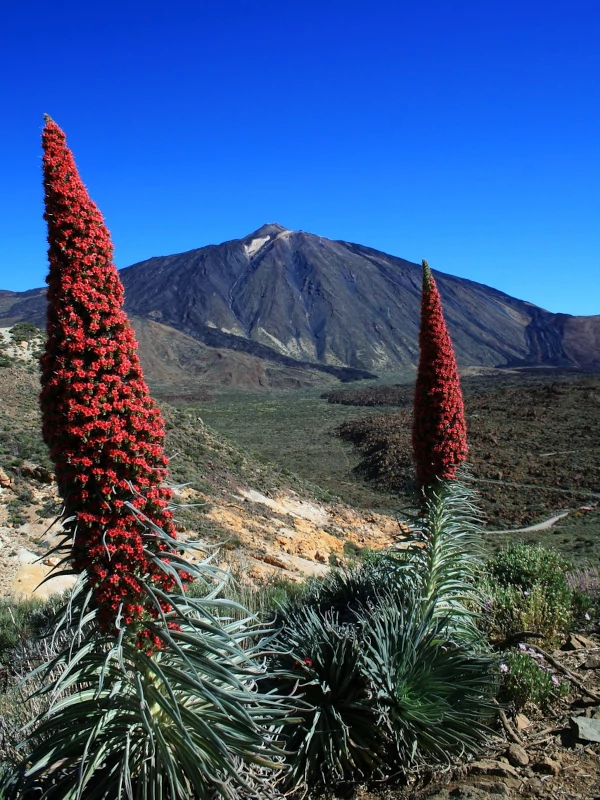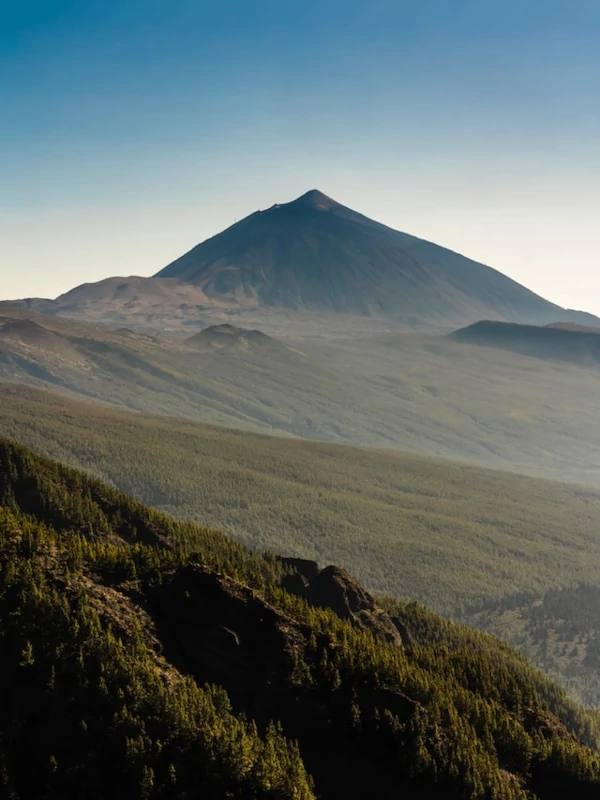The centerpiece, Mount Teide, is a stratovolcano that rises majestically to an elevation of 3,718 meters (12,198 feet) above sea level. Its iconic summit often adorned with snow during winter, offers breathtaking panoramic views of the surrounding landscapes and the neighboring islands. The park encompasses a diverse range of environments, from the otherworldly lunar-like landscapes of the summit to the lush pine forests at lower elevations. This stark contrast in ecosystems provides a unique opportunity for visitors to explore the rich biodiversity and witness the adaptability of flora and fauna to varying altitudes.
One of the park's most notable features is the Roques de García, a collection of colossal volcanic rock formations that punctuate the landscape. These towering rocks, shaped by millennia of volcanic activity, create a surreal and awe-inspiring backdrop. As visitors traverse the park, they encounter a kaleidoscope of colors, from the rich reds and browns of volcanic soils to the vibrant hues of endemic plant species. Teide National Park not only showcases the raw power of geological forces but also serves as a living laboratory for scientific research and a haven for those seeking tranquility amidst the captivating beauty of nature.








